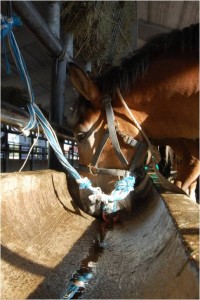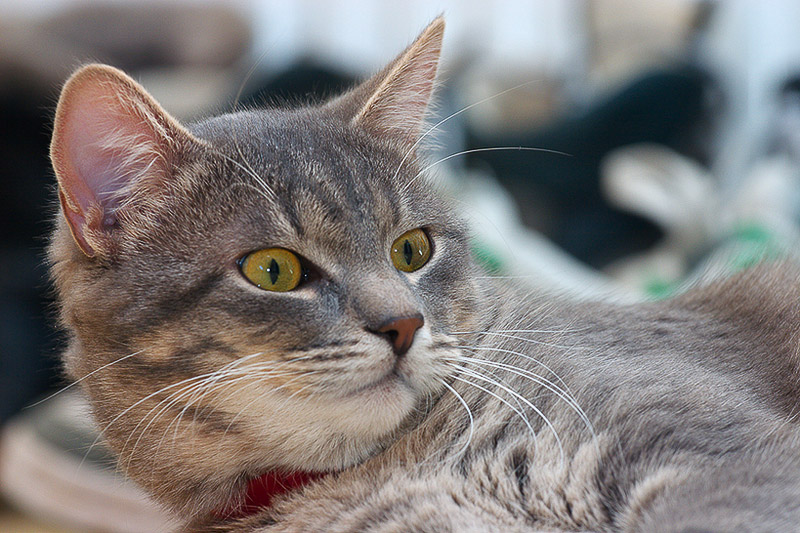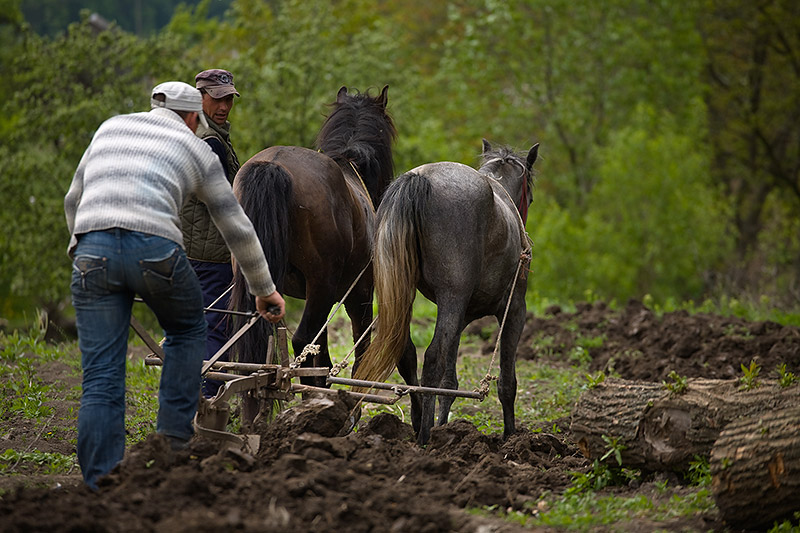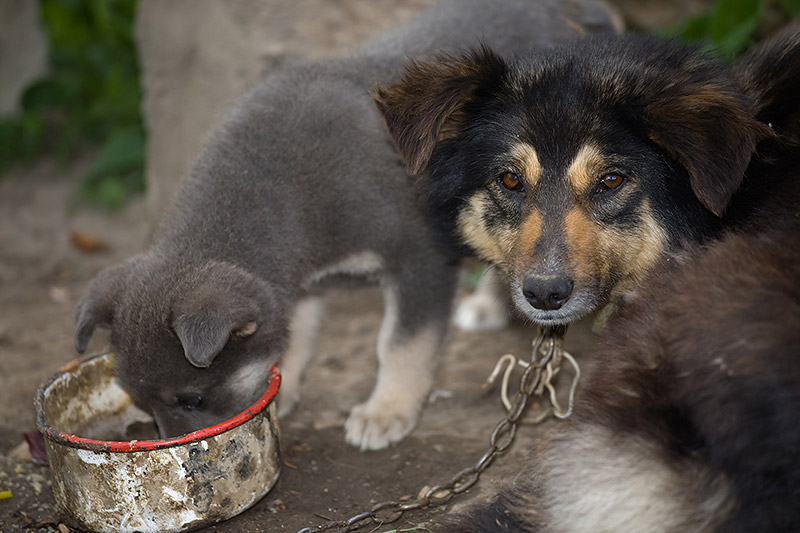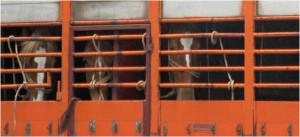 Every year around 65,000 horses are transported long-distances across Europe in appalling conditions to be slaughtered. Horses suffer injury, dehydration, disease, exhaustion and untold stress during these needless journeys. In the main these horses are sourced from countries including Poland, Spain, France and Hungary, and by far the majority are destined for Italy. On these journeys they pass many slaughterhouses licensed for horses; one commonly used route passes 180 slaughterhouses that could take these horses. World Horse Welfare is campaigning for a short finite journey limit to be introduced to stop this totally needless suffering.
Every year around 65,000 horses are transported long-distances across Europe in appalling conditions to be slaughtered. Horses suffer injury, dehydration, disease, exhaustion and untold stress during these needless journeys. In the main these horses are sourced from countries including Poland, Spain, France and Hungary, and by far the majority are destined for Italy. On these journeys they pass many slaughterhouses licensed for horses; one commonly used route passes 180 slaughterhouses that could take these horses. World Horse Welfare is campaigning for a short finite journey limit to be introduced to stop this totally needless suffering.
Jo has developed the charity’s strategy and approach to this campaign over the last ten years, to ensure that it is based upon sound, well researched evidence; which is then utilised to develop the case and recommendations for change. She has been involved in every element of the campaign, from evidence collection and engaging public support, to pressing the Commission for positive change. This approach has led to the charity being viewed as an expert and authority on this subject, leading to positive success including the introduction of welfare improvements into legislation (EU Council Regulation (EC) No 1/2005 on the Protection of Animals during Transport) for horses transported for slaughter.
Milestones for the Campaign – 2002 – 2011
2002
- The European Commission’s (EC) Scientific Committee on Animal Health and Animal Welfare (SCAHAW) published a report on the welfare of animals during transport. In response 10 recommendations were developed, these would mark the beginning of World Horse Welfare’s path to achieving the first tangible improvements for horse welfare during transport to slaughter in decades.
- A meeting took place in Brussels with representatives from Commissioner Byrne’s cabinet and DG Sanco (the department responsible for animal welfare and health). Key welfare concerns and the charity’s 10 recommendations were discussed and appeared to be taken onboard by the Commission. Months later the EC proposal to amend the transport Directive was released, reflecting some of these recommendations.
- Field investigations uncovered needless suffering. This was documented by a film crew from Anglia Television who joined a trip between Poland and Italy to make a documentary about the campaign.
2004
- The submission of the “Say No Petition” was timed to coincide with the vote in the European Parliaments Plenary session, where the Parliament voted in favour of many of the amendments drafted jointly between the charity and supportive MEP’s.
- MILESTONE – On the 22nd December 2004 World Horse Welfare received news that years of campaigning had paid off as the EU Council Regulation (EC) No 1/2005 on the Protection of Animals during Transport had been agreed by the EU Council of Agricultural Ministers.
- World Horse Welfare, who had been at the forefront of this campaign, achieved a number of important and tangible improvements for horse welfare from the list of 10 recommendations developed in 2002. Sadly the key issue of journey times and space allowance were not addressed due to a division between the Member States.
2005
- Defra developed several working groups to consult on the introduction of the transport Regulation within the UK in January 2007, World Horse Welfare invited to be part of these groups.
2006
- MILESTONE – the charity’s research indicated a 40% drop in the numbers of live horses transported long-distances to slaughter into and across the EU since 2001.
- The figures indicate that the total number of horses entering and moving between Member States in 2005 was 99,087. Of these 82,844 (84%) went to Italy. This represents a significant decrease from the 2001 figure of 164,790; highlighting the impact of the campaign.
2007
- MILESTONE – The transport Regulation, together with a number of improvements campaigned for by World Horse Welfare came into force on the 5th January 2007.
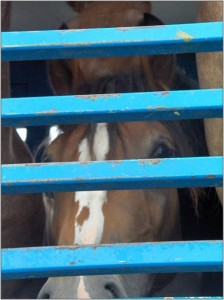
- The report titled ‘The economics of the trade in horses for slaughter from Spain to Italy and the cost implications of the proper implementation of Regulation (EC) No1/2005’ was released by the charity. The research highlighted concerns of poor enforcement, supporting evidence obtained in the field, that the Regulation is not being robustly enforced.
- Field investigation from Romania to Italy obtained evidence that a number of lorries moving horses from Romania and Poland were illegal, as the shipments were non-compliant. The horses observed were extremely stressed, exhausted and suffering from injuries.
- The campaign was re-energised and called “Make A Noise”, to help recruit supporters and apply political pressure for more robust enforcement of the new Regulation and improved welfare measures. This resulted in it being chosen as the winner of ‘Innovation of the Year’ in the Horse and Hound Awards for 2007.
2008
- The charity started the first scientific research project examining the health and welfare of horses transported long-distance to slaughter within the EU. One team recorded the condition of horses at the start of their journey in Romania and a second collected data at Italian slaughter houses studying horses at the end of their journey. 2,791 horses were observed, providing credible data.
- MILESTONE – On the 18th November World Horse Welfare’s Dossier of Evidence, including around eight years of desk, field and scientific research was presented to EU Commissioner Vassiliou. Including the charity’s eight recommendations for change to the current Regulation, underpinned by strong evidence. A press event was held with MEPs in Strasbourg to launch the Dossier, resulting in television, national and regional press coverage in the UK and Europe.
- MILESTONE – Within a week of the Dossier being submitted the Director of the Health and Consumers Directorate-General issued a public letter stating that consideration is being given to reducing journey times for horses destined for slaughter.
2009
- Three field investigations were undertaken. Numerous welfare issues and breaches of the Regulation were observed including issues of fitness to travel, injuries, disease, exhaustion, a lack of rest and water. Encouraging observations included the use of individual partitions for horses.
- A reception to mark the handing over of the Make A Noise petition (132,565 signatures) to the European Commission was held at the European Parliament in Brussels. Hosted by Elizabeth Lynne MEP, this event resulted in a number of sympathetic letters from MEP’s, a Parliamentary Question being tabled by Jim Higgin MEP (Ireland) and Written Declaration 54/2009 being tabled.
2010
- MILESTONE – The campaigning work to achieve adoption of the Written Declaration paid-off with over half of the European Parliament signing, it was successfully adopted on 11th February. The first ever horse welfare declaration and one of only five animal welfare declaration to be achieved; it was signed by 405 MEP’s, with every EU Member State being represented.
- A meeting took place with Commissioner Dalli to discuss the charity’s latest evidence. The Commissioner responded positively stating that something needed to be done, that there should be a carcase only trade instead of l
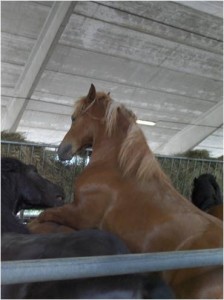 ong-distance transport. The response was encouraging, but has not been followed-up with any solid commitment from the EC.
ong-distance transport. The response was encouraging, but has not been followed-up with any solid commitment from the EC. - Field investigations revealed that one of the busiest control posts (where horses are rested, fed and watered) had closed. This is a major welfare concern as an increasing number of transporters are now reportedly not stopping to rest horses as required by law. Numerous welfare issues and behavioural abnormalities, along with a high prevalence of disease were recorded.
- The first of the two scientific research papers looking at the welfare and health of horses transported long-distances to slaughter was published in the Equine Veterinary Journal. This paper was quoted, together with other evidence submitted by the charity, in an EFSA (European Food Safety Authority scientific committee reporting to the EC) update report on welfare during transport.
- Jo White was awarded the British Equine Veterinary Award (BEVA) Equine Welfare Award for her work to end the long-distance transportation of horses for slaughter in Europe.
2011
- MILESTONE – The European Food Safety Authority (EFSA) report for the European Commission (EC) was released, including references to papers submitted by World Horse Welfare. EFSA’s recommendations included a reduced journey time of 12 hours for horses transported to slaughter, which links to World Horse Welfare’s recommendations in the Dossier of Evidence 2008.
- A summary evidence paper was presented at a meeting with the EC who are finalising their report on the transportation Regulation, due for release in September 2011.
- A meeting of experts is due to take place in June, to discuss the key issues of exhaustion, dehydration and water provision in relation to horses transported long distances for slaughter. It is hoped that further guidance, recommendations and future research can be progressed as a result of this meeting.
- The second edition of the Dossier of Evidence was completed and presented to the European Commission in October 2011. This outlined the latest evidence for a maximum journey limit of 9 to 12 hours for horses transported for slaughter.
- November 2011 presented the latest field, scientific and desk research at the European Parliament Intergroup for Animal Welfare, which was attended by the European Commission.
2012
- Field work and evidence collection, examining the current issues related to enforcement and weaknesses in the legislation.
2013 – 2015
- Running the Secretariat for the development of ‘Practical Guidelines to Assess the Fitness for Transport of Equidae’ a project initiated by World Horse Welfare and FEEVA (Federation of European Equine Veterinary Associations).
Interested in knowing more, contact us today.


